If you click on a link and make a purchase we may receive a small commission. Read our editorial policy.
The Descent delves deep into human trauma from its first moments [The Coldest Open]
We may only be diving into the first 6 minutes of Marshall's cult classic, but what we find there is as deep as any cannibal-housing cave system
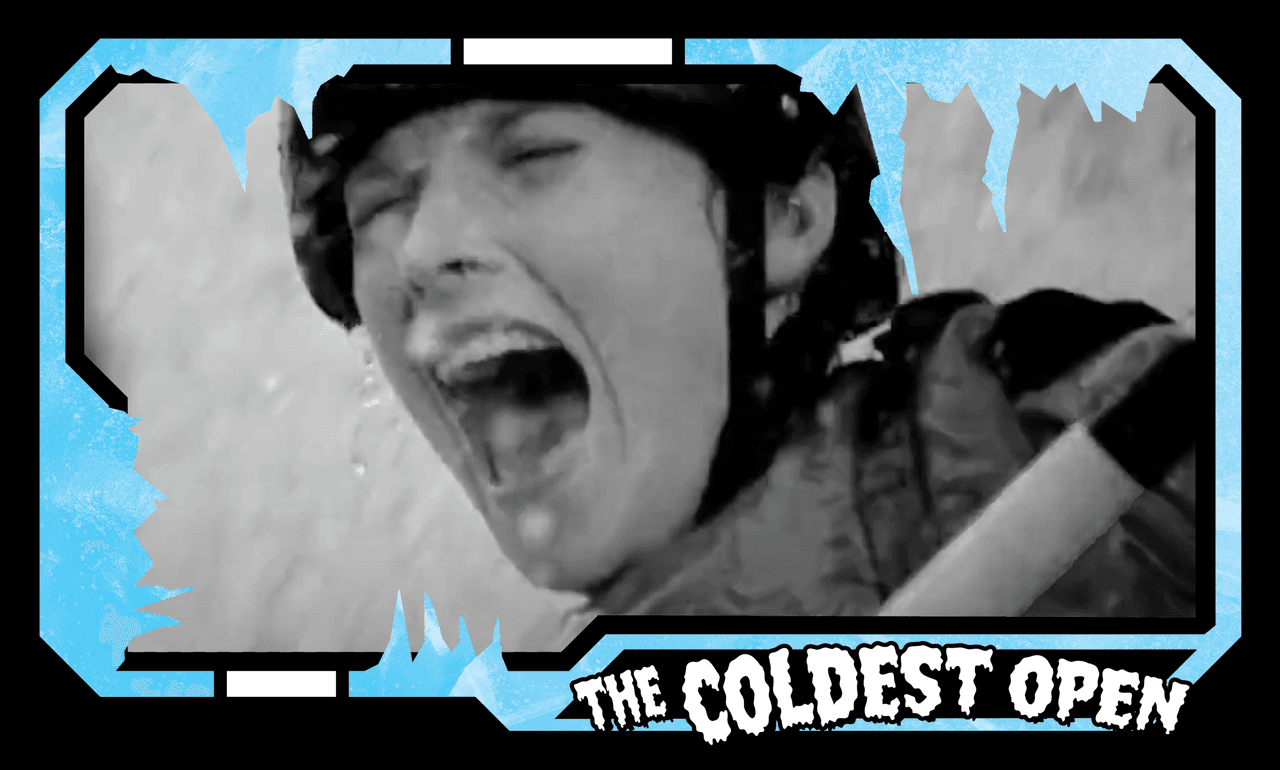
Popverse's top stories
- Is the Supergirl teaser trailer already teasing a Man of Tomorrow connection? Because our Brainiac senses are tingling
- Watch now: Watch as Nickelodeon presents the Avatar: The Last Airbender 20th Anniversary Panel, featuring Dante Basco, Zach Tyler Eisen, Jack De Sena, Mae Whitman, Michaela Jill Murphy, from NYCC 2025
- The Amazing Digital Circus stars Lizzie Freeman, Michael Kovach, and Alex Rochon are coming to Seattle's ECCC 2026
Welcome, Popversians, to another edition of The Coldest Open, the column where I, your humble horror host, examine the history of scary cinema through the first moments of its standout entries. Thus far, we've covered the classics of the genre to some of its most recent blockbusters, but today we're going to aim for a bit of a middle ground. Join me as we discuss Neil Marshall's 2005 cave creeper The Descent.
The way Coldest Open works is this: I'm going to be breaking down five different hallmarks of every great cold open in horror, then judging whether the movie in question pulls them off. If so, that hallmark will get ranked with a "Cold" verdict; if not, it'll get ranked with a "warm." At the end, we'll tally up those verdicts and determine a temperature, ranging all the way from Lukewarm to Absolute Zero.
Sound good? Alrighty then; rustle up some spelunking gear and let's get down to it.
The Descent's Cold-Blooded Killer

Though this cold open introduces us to our heroes - led by Shauna Macdonald's Sarah - we won't actually meet our villains until the gang makes their journey into the earth as the title applies. So does this cold open fail in the "killer introduction" department? I'd argue, "no," actually, for two reasons. the first of those is that we do meet Sarah and her pals doing something decently dangerous in nature. Here, it's white-water rafting, which director Marshall films in quick-cut, pulse-raising steadycam. Anyone that has seen this film knows that "Human Vs. Nature" is the major conflict that our heroes find themselves in, and that is pretty excellently established here.
The second reason I'd say we get shades of our monstrous antagonists here is that much of what they end up representing to Sarah is a deep grief that she has to overcome. The cave-dwelling, cannibalistic Crawlers, as we'll come to know them, come from the deepest parts of the human imagination and threaten to devour our lead characters whole - doesn't that sound very similar to the feeling of losing a loved one?
Verdict: Cold
The Descent's First Person to Get Iced

Speaking of - the very first dialogue line spoken in this film is Sarah's daughter calling out to her, and since we're watching a movie with "horror" on the label, that should make us all gulp. Sure enough, it is Sarah's poor daughter Jessie who we see get the ax first in the film, in a moment that is so brutal it pushes the grounds of good taste. A few minutes in, Sarah's husband Paul drives their family into an oncoming car, and metal rods spring Final Destination-style through the windshield, impaling the kid. We only see this moment for less than a second and from behind, but it still stands out as an especially dark moment in cinema's already-darkest genre.
As a certified gore enjoyer, this is a moment that turns my stomach. It walks a very fine line - too much more and it would've been revolting for revulsion's sake, too much less and it wouldn't have been the necessary kick to the gut to start off this movie. I applaud Marshall as a director for being willing to go this far, but if you watched this and decided to quit the movie, I also wouldn't judge you.
Verdict: Cold
The Descent's Polar Plot Intro

Later on in this film, we're going to find out that Sarah has been betrayed by one of her rafting buddies, Juno, who has been having an affair with her husband. Inadvertently, this is actually what causes the above accident in the first place, since Paul is so distracted by thoughts of Juno that he's not paying attention to the road ahead. Eventually, when Juno and Sarah are both under siege from the monstrous dwellers of a cavern, this fact will lead to a major decision made by Sarah, and Marshall is already queuing that up in the first moments of the movie.
After the dangerous way Marshall shoots white water rafting, his choice to linger on the gaze between Juno and Paul and introduce an element of betrayal into the friend group makes the aforementioned moment hit all the harder. This isn't a movie where friendship saves the day at the end, and it tells you that pretty plainly very early on.
Verdict: Cold
The Descent's Frozen Snapshots

For whatever reason, the mid-00's era of horror fare was marked with a propensity for tinting the screen toward a cool color, like blue or green (Don't believe me? Watch the American Ring - that movie looks like it was filmed underwater). There are good examples of this and bad, but fe examples are as downright intentional as in this opener, after Sarah wakes up in the hospital.
The green tint that we see in her half-hallucinatory state not only preps us for the terrifying night-vision sequence ahead, it briefly removes us from the land of the living, with its bright colors and sunlight landscape. Even before the titular descent under the earth starts happening, the movie is already starting to get our eyes adjusted to the darkness.
Verdict: Cold
The Descent's Bone-Chilling Music

Since we're talking about that nightmare state Sarah's in when she wakes up in the hospital, it's worth ending by discussing the atonal soundtrack that plays behind her as the darkness closes in. Personally, I think that this segment of sound design is effective for what it needs to be, but could've been just a little bit better had there been some actual music to cling to.
I give it a passing grade, though, if for nothing else than for the fact that that is exactly the sound light makes when it goes dark. And if you disagree, well, the comment section is very much open.
Verdict: Cold
The Descent's Coldest Open Temperature: Absolute Zero
This month, we're celebrating 20 years of the reason why this generation of horror fans has no interest in spelunking, and these first few moments remind us why the movie has endured as long as it has. I don't know too many horror fans who aren't down for a cheesy slasher or a B-movie monster flick, but more often than you'd think, it's good to remind ourselves that horror can be heavy. More than any other genre, horror can be traumatic, it can be can be disturbing, it can toe the line of being "too much." Just like journeying into a cave system, sometimes art's responsibility is to plunge us into darkness, if only to, eventually, help us appreciate the light.
In the immortal words of Danny Elfman, "Life's no fun without a good scare." Join Popverse's weekly explorations of the best opening moments of horror cinema in The Coldest Open, and then check out:
- The best horror movies of all time, according to horror aficionado Greg Silber
- The most underrated horror movies from the past couple years
- All the new and upcoming horror movies for 2025 and beyond
And much gore. Er, more. Much more.
Follow Popverse for upcoming event coverage and news
Find out how we conduct our review by reading our review policy
Let Popverse be your tour guide through the wilderness of pop culture
Sign in and let us help you find your new favorite thing.


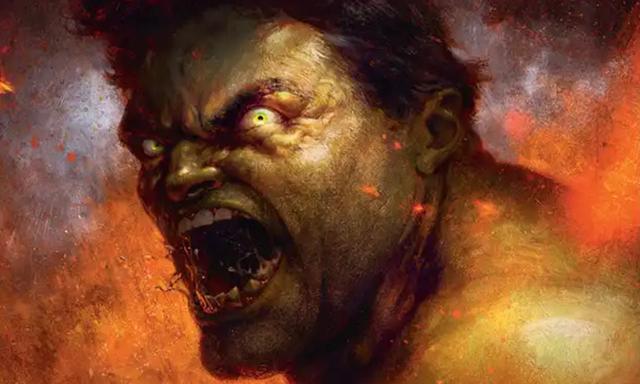

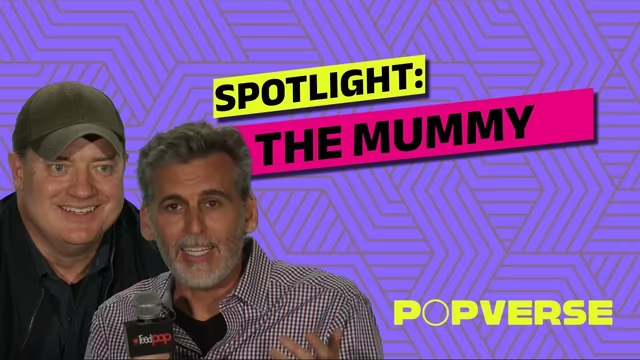

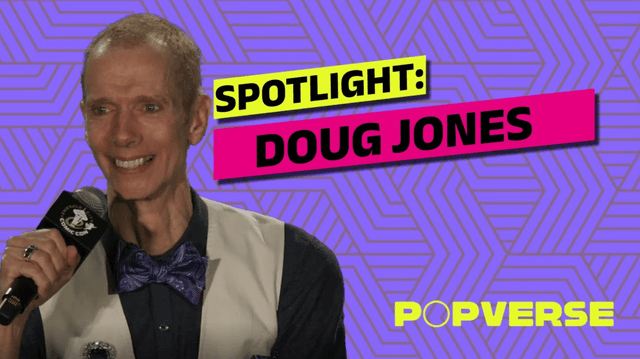
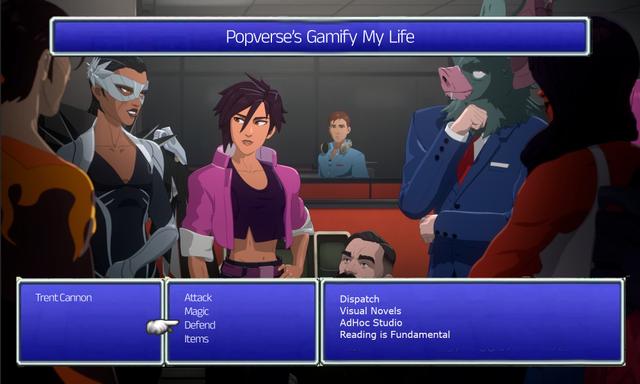
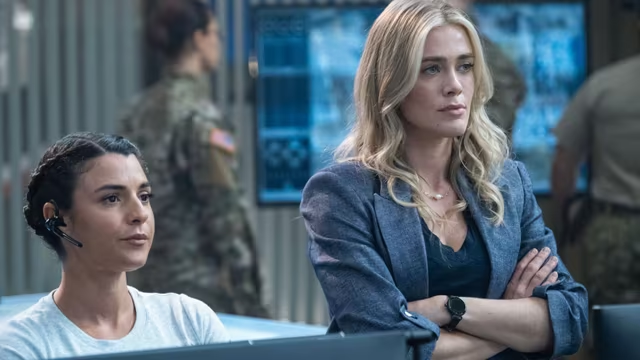
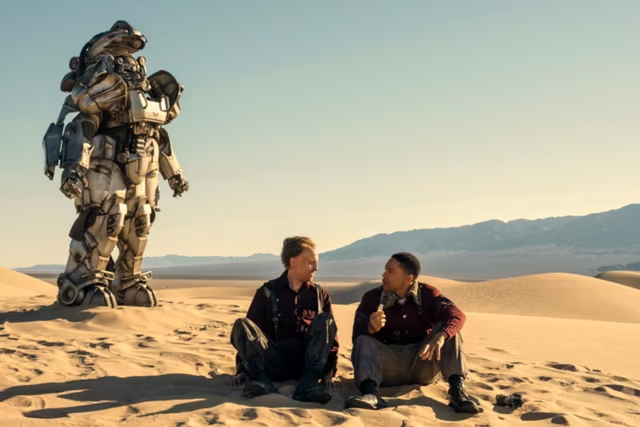






Comments
Want to join the discussion? Please activate your account first.
Visit Reedpop ID if you need to resend the confirmation email.